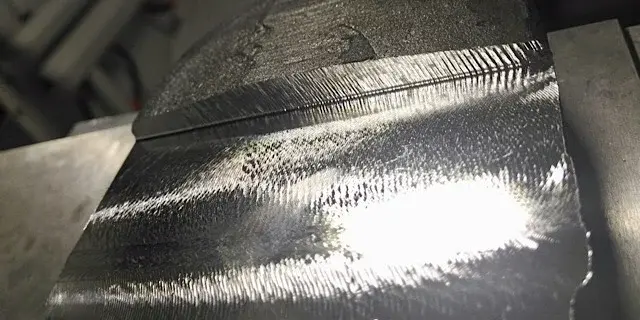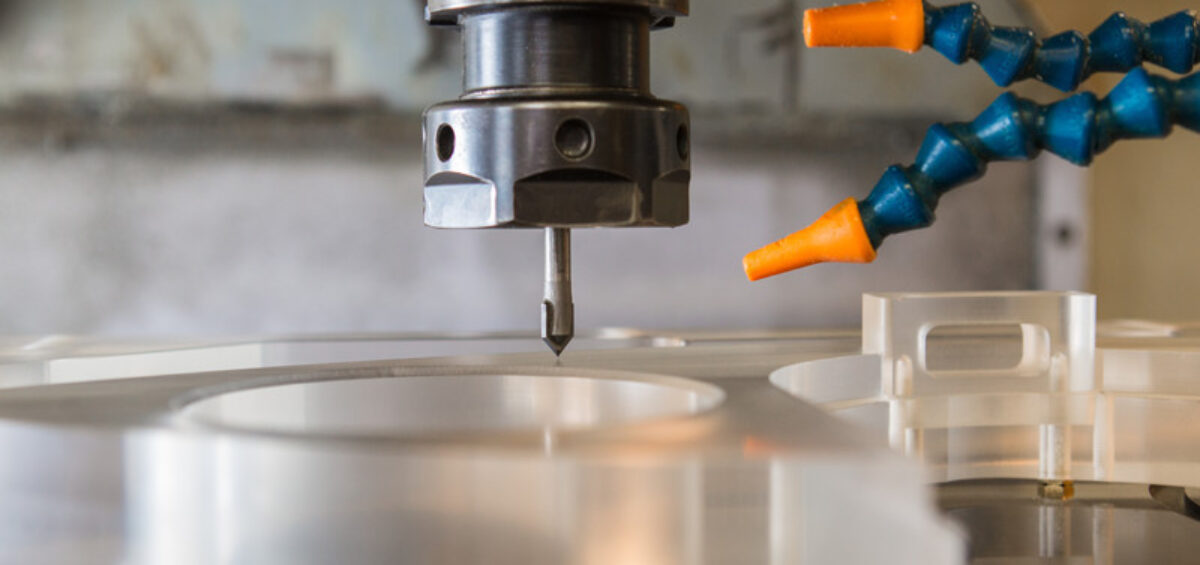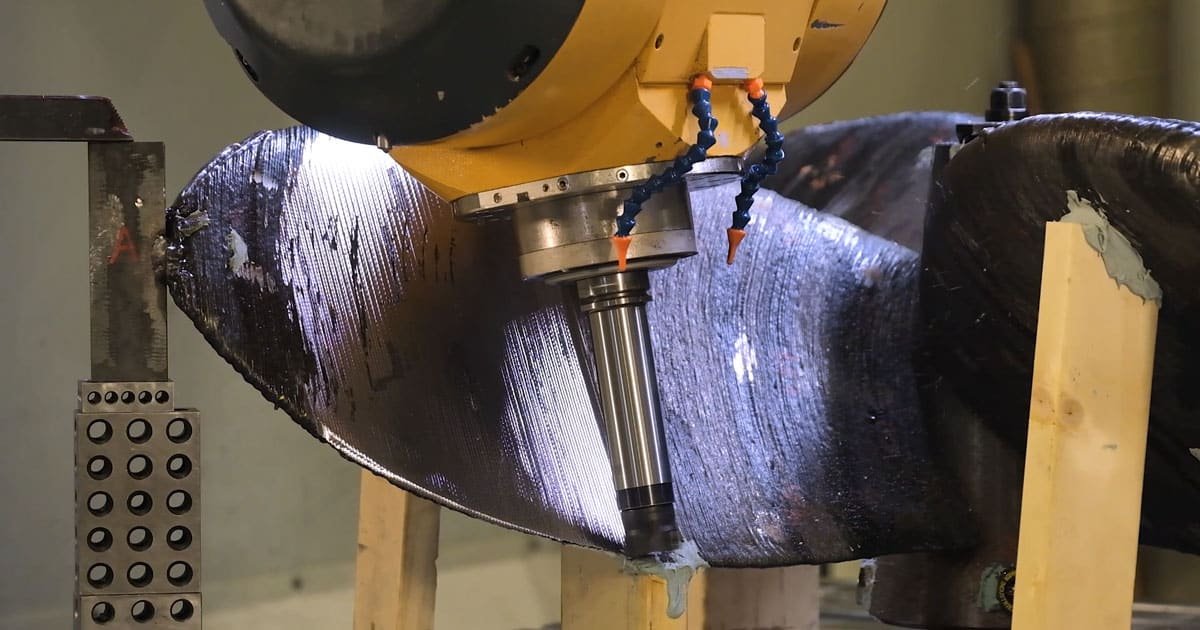1. Introduction
1.1 Introduction to vacuum chambers in automobile manufacturing
Vacuum chambers play a vital role in modern automotive manufacturing due to their ability to create a low-pressure, controlled environment. This technology contributes significantly to improving the efficiency, durability, and quality of automotive components, ensuring high performance in various systems. Whether it's engine components or lightweight materials, vacuum technology plays an important role in driving automotive innovation.

1.2 Development history of vacuum chambers in the automobile manufacturing industry
Vacuum chamber technology has been used in automotive manufacturing for decades. In the early days, vacuum technology was mainly used in laboratory environments to conduct basic scientific research. With the development of industrialization, vacuum technology has gradually expanded to more fields, and automobile manufacturing has become an important application scenario.

Early 20th century: initial applications
In the early 20th century, vacuum technology began to be used in some key processes of automobile manufacturing, especially in materials science and coating technology. At the time, vacuum chambers were primarily used for small-scale coating and experimental production processes to improve the durability and corrosion resistance of metal parts.
Mid-20th century: technology matures
By the mid-20th century, with advances in vacuum pump and sealing technology, vacuum chambers began to play a role in many aspects of automobile manufacturing. Especially in the vacuum impregnation of sealing materials and the exhaust treatment of brake systems, vacuum technology has become a standard method to improve production efficiency and product quality. During this period, automobile manufacturing companies gradually realized that vacuum chambers were not just laboratory tools, they could improve production processes and product consistency on a large scale.
21st century: wide application and innovation
Entering the 21st century, vacuum chamber technology has been widely used in all aspects of automobile manufacturing. With the improvement of environmental protection requirements, vacuum chambers are widely used for emission control and environmental testing. In addition, the use of composite materials has also promoted the innovative application of vacuum chamber technology in the material curing process. Today, lightweight, high-strength composite car bodies have become an industry trend, and vacuum chambers play an integral role in this trend.
Future Trend: Intelligent and Green Manufacturing
In recent years, vacuum chamber technology has been developing towards intelligent and green manufacturing. Advanced sensors and automated control systems make the operation of the vacuum chamber more precise and enable real-time monitoring of the process to reduce energy consumption. At the same time, vacuum chamber technology is also helping automakers comply with increasingly stringent global emissions standards. By reducing the emission of harmful substances during production processes, vacuum technology helps companies move towards a more sustainable future.
2. Application of vacuum chamber in automobile manufacturing
2.1 Vacuum impregnation of sealed porous materials
During the production of metals and castings, vacuum impregnation is used to seal porous surfaces that can lead to leaks, especially in engine components. The process involves applying the resin under vacuum, ensuring every pore is sealed. Operating in a vacuum environment not only prevents leaks but also enhances component durability and reliability in extreme temperatures and conditions, especially in engine applications.
2.2 Brake exhaust system
Vacuum chambers are also used in brake bleed systems to ensure there is no air in the hydraulic lines. Hydraulic braking systems must be completely free of air to function properly. If air is left in the brake lines, it will reduce the effectiveness of the braking system, leading to poor performance or even failure. By using a vacuum chamber to bleed the brakes, the air is completely exhausted, ensuring efficient and safe operation of the system. This process is critical to improving vehicle safety and reliability.
2.3 Vacuum testing of engines and component quality
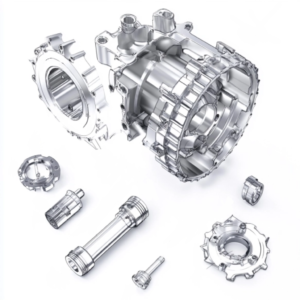
Another key application for vacuum chambers is for testing the seal quality of engines, fuel systems, and air conditioning units. Vacuum testing helps detect potential leaks or weaknesses in systems that could impact vehicle performance, and efficiency or cause system failure. By simulating real-world environments under vacuum conditions, manufacturers can ensure optimal functionality of these critical components, thereby increasing overall vehicle reliability.
2.4 Curing of Composite Materials
The use of vacuum chambers also extends to the curing of composite materials, particularly in vehicle frames and body panels, which can reduce weight and improve fuel efficiency. The vacuum environment ensures that the resins used in these composites cure properly, resulting in stronger, lighter parts that meet the stringent requirements of modern automotive engineering.
2.5 Emission control and environmental testing
Finally, vacuum chambers also play an important role in emissions control and environmental testing. Components such as catalytic converters and exhaust systems are tested under vacuum conditions to ensure they comply with strict environmental regulations. Ensuring that vehicles comply with global emissions standards is critical to reducing their environmental impact.
3. Conclusion
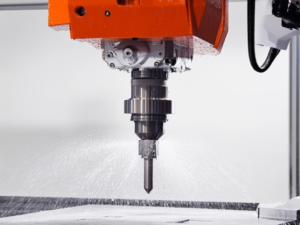
Overall, vacuum chambers are an integral part of automotive manufacturing, as they improve the durability, efficiency, and safety of automotive components. From sealing engine components to ensuring emissions compliance, from inspection to environmental protection, vacuum chamber applications make them indispensable in production processes, driving industry innovation.
Vacuum chambers are more than just tools; they are the cornerstone of automotive innovation. By ensuring the highest levels of precision and quality, these devices enable manufacturers to meet growing demands for safety, durability, and environmental responsibility. Our company focuses on providing advanced vacuum chamber solutions for the automotive industry. Cooperation will give you access to cutting-edge technologies that drive business development and stay at the forefront of automotive manufacturing.






